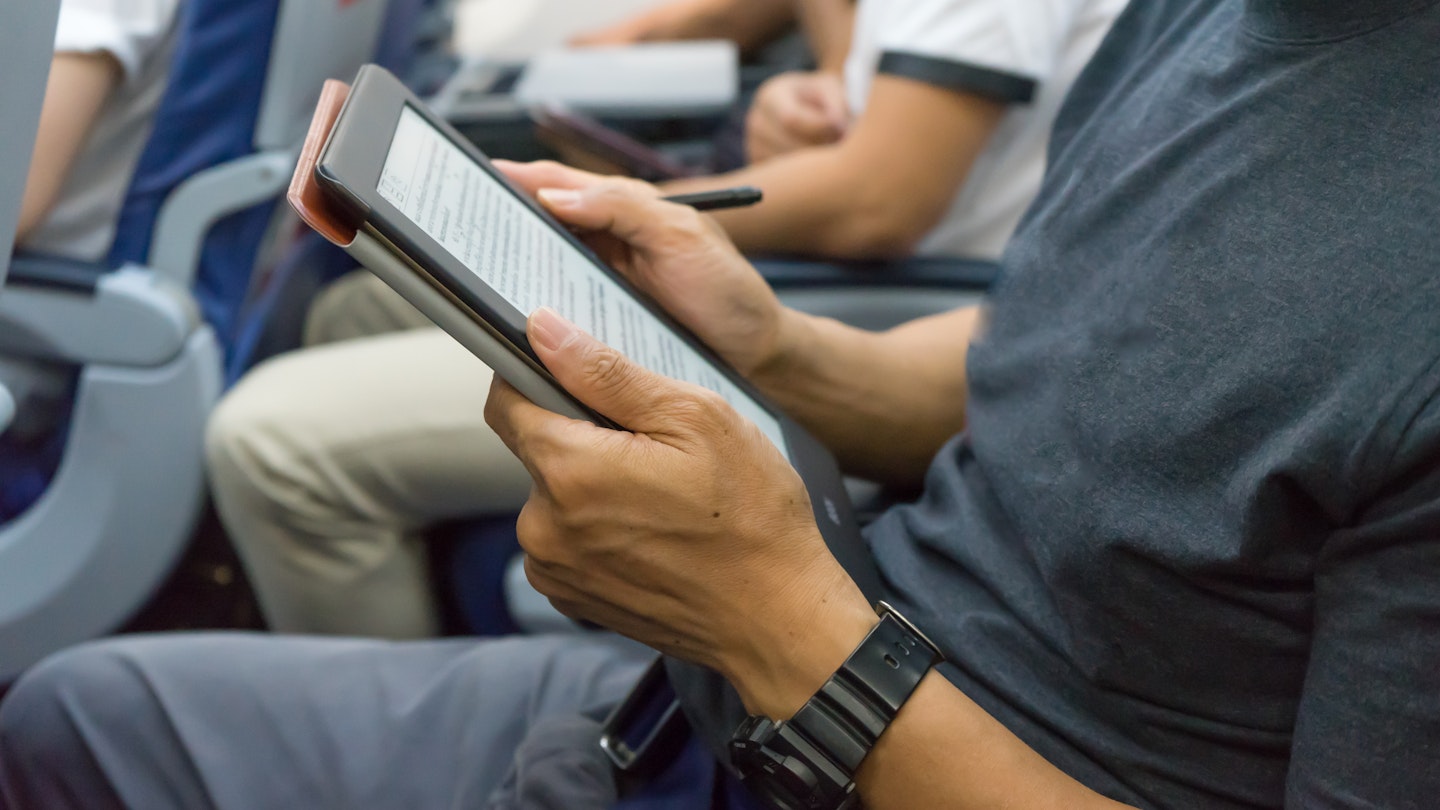We’ve all been there: you didn’t get first pick of the seats on your flight, it’s a full one, and you’re stuck in the dreaded middle seat. Unfortunately, this can lead to a bit of a squish between two fellow passengers. However, with some basic etiquette, you don’t have to be entirely miserable, and with a bit of planning, you can avoid it next time.
It doesn’t help that airplane seats have, in many cases—and especially on long-haul flights—gotten narrower. Part of this is due to airliner design, particularly by Boeing, and part of it is airlines seeking to maximize their investments.
For example, when the Boeing 777 first started flying some twenty-five years ago, it featured nine economy seats in every row with most airlines, except for short hops like high-density Japanese domestic routes when there were ten seats. Nowadays, the vast majority of them, even on expensive airlines, have ten seats abreast.
Main Rule: Armrests Go to the Poor Soul in the Middle
First and foremost, the middle passenger gets the armrests. The window passengers can lean against the wall of the plane, and the aisle passenger can lean outwards into the aisle. Consequently, the person in the middle at least gets to put their arms somewhere comfortable.
Occasionally, seat manufacturers attempt to design armrests that clarify this, but the solution hasn’t yet been adopted widely. If you find yourself in the middle seat and your neighbors become confrontational, try explaining this gently. Travel can be stressful, and maintaining a calm demeanor is advisable.
If the situation becomes overwhelming or if you feel the need to avoid confrontation, consider talking to a flight attendant after takeoff to see if you can be reseated. After all, if your neighbors are being unreasonable over something trivial like this, you certainly don’t want to be stuck next to them for the duration of the flight.
Be aware, however, that if someone is behaving erratically—especially if they’re impaired by alcohol or drugs—you should report it to the crew prior to departure. People who cannot manage themselves in-flight pose a danger to everyone.
Moreover, it is entirely acceptable to slide over to either the window or aisle seat if it remains empty after the doors close and the plane prepares for takeoff. This is especially true if the crew is managing a lightly loaded plane, although you should always comply with a crew member’s insistence to return to your assigned seat if required.

Avoid the Middle Seat Entirely If Possible
There are indeed strategies to avoid that dreaded middle seat, primarily by opting for a particular type of aircraft.
On longer flights, look out for the venerable Boeing 767, which is arranged in a 2-3-2 layout, resulting in only one middle seat in each row of seven passengers. However, there are a few ultra-high-density versions with narrow seats configured as 2-4-2, commonly operated by some low-cost airlines.
The Airbus A330 and A340 are excellent alternatives, as they typically feature a 2-4-2 layout, allowing you to secure a window seat and eliminate the chance of having a middle seat. Note that some airlines operate these planes in a high-density 3-3-3 configuration.
For shorter flights, consider the Embraer E-Jet family, which includes models with a 2-2 layout, thereby eliminating the middle seat for all passengers. Additionally, the Airbus A220, originally the Bombardier C Series, is a wonderful option, as it features only one middle seat on its 2-3 setup.
As a general guideline, opt for an Airbus A320 over a Boeing 737, as the former is around fifteen centimeters, or half a foot, wider. Many airlines utilize this extra space to install wider seats, although some low-cost carriers choose to widen the aisle instead.
However, if you find yourself in the middle seat, sometimes all you can do is grin, endure it, and remember that you’re flying at nearly the speed of sound. Therefore, adopting a zen-like attitude toward your seating situation can enhance your travel experience.





